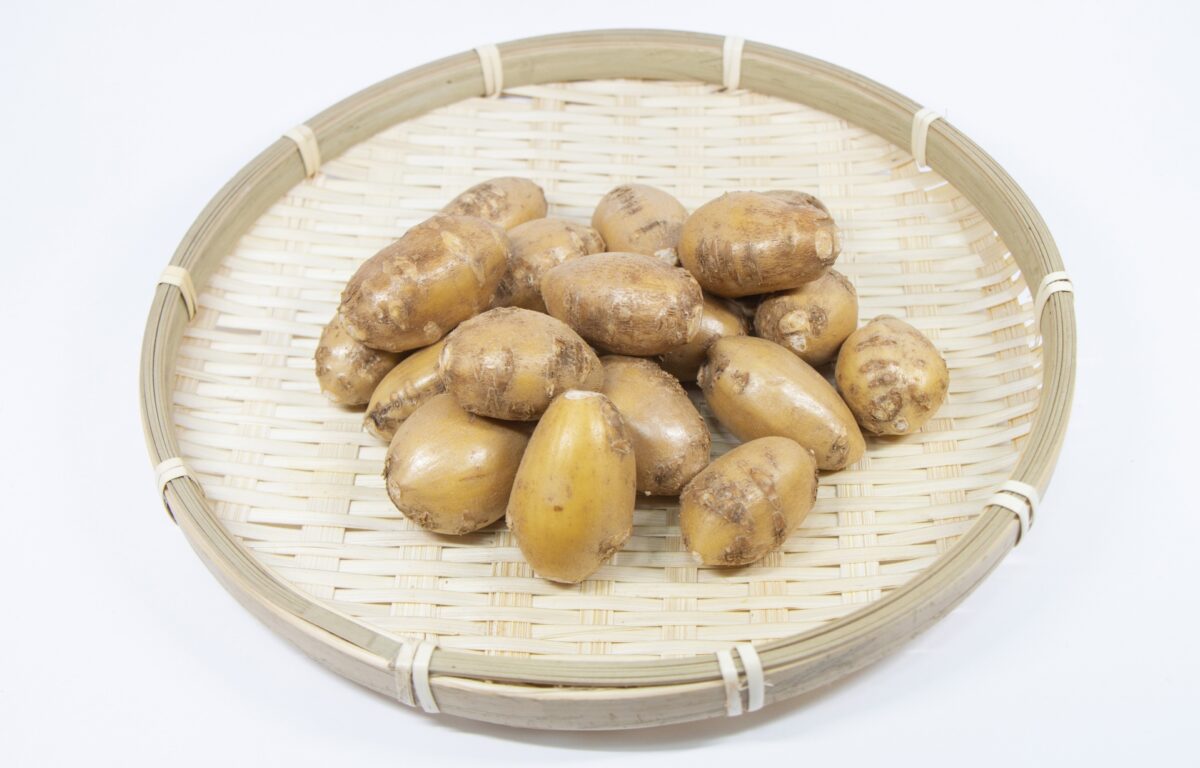
Have you heard of Apios? Introducing the nutritious superfood grown in Aomori
table of contents
Apios can be found at farm stands in Aomori . Although it resembles a potato, it is actually a legume and is so nutritious that it has been called a " superfood ." In this article, we will introduce Apios from the perspective of an Aomori resident, covering its true nature, nutritional value, how to eat it, and why it is not as popular.
What is Aomori's superfood, Apios?
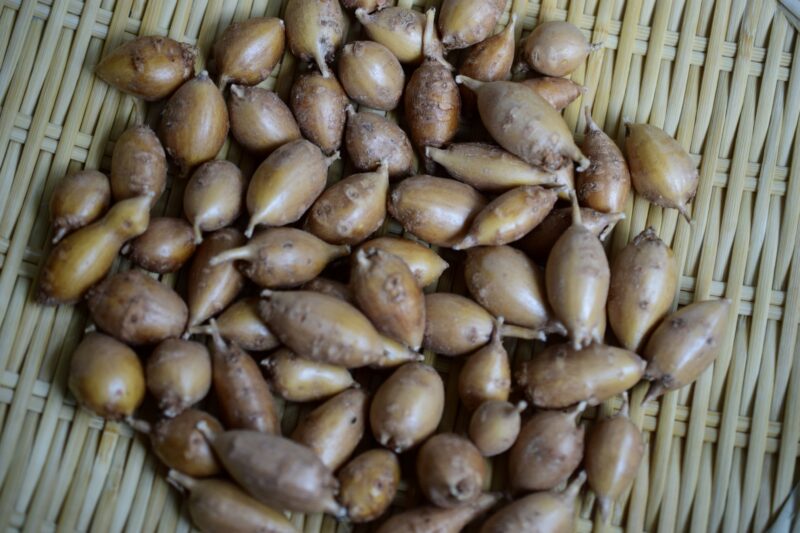
Apios is a legume native to North America and is known as a "superfood" due to its high nutritional value. In Aomori, it is known affectionately as " hodoimo " and is so familiar that it appears in farm shops and school lunches. Let's start by looking at what it is and the origin of its name.
Looks like a small potato? The true identity of Apios
Apios grow in the soil like tiny strings of beads. They are 2-3cm in diameter and look just like small potatoes. However, their taste is slightly different, with a fluffy texture and a slight sweetness, and they are said to have a texture somewhere between a potato and a taro.
It was introduced to Aomori during the Meiji period. It is said that Apios apples were mixed in with the soil when apple seedlings were imported from America. As they are well suited to the cool climate, they eventually took root in local fields and began to be cultivated as a by-product by farmers.
The reason why it's called "Hodoimo" is unique to Aomori
In Aomori, Apios is sometimes called "Hodoimo" (hodo potato). This is because it looks similar to the native "Hodoimo" that grows wild in Japan. However, to avoid confusion, it is sometimes called "Amerika Hodoimo" (American Hodo potato) or "Amerika Hodo." It's interesting how the names reflect the local characteristics and the ingenuity of the people.
Packed with nutrients! The unknown power of Apios
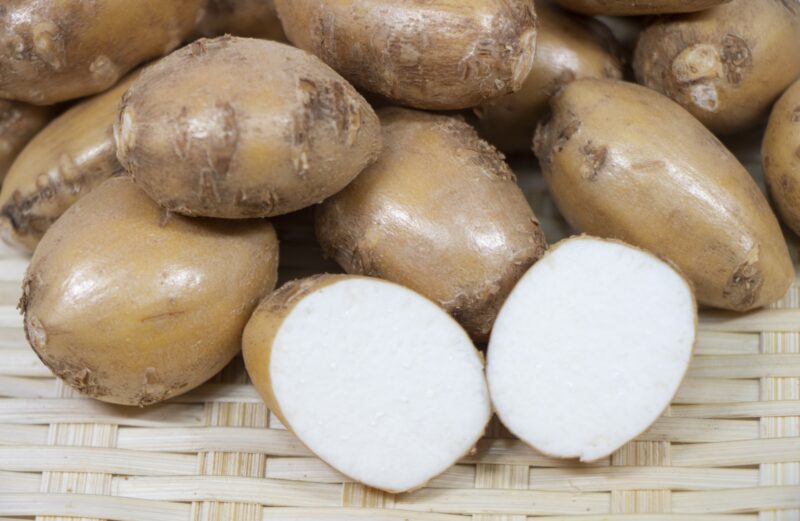
Apios is so rich in nutrients that it is considered one of the "three healthiest vegetables in the world." Let's take a look at what kind of power is packed into this little potato.
Rich in protein and dietary fiber, it keeps you full
Apios has about three times the protein of potatoes. It's also high in dietary fiber, so even a small amount will leave you feeling full. It's no wonder Native Americans treasured it as a stamina booster.
A good balance of potassium, iron, and calcium
They are also rich in minerals such as potassium, iron, and calcium. They are also useful for preventing swelling, combating anemia, and promoting healthy bones. One small potato is packed with nutrients that support the body.
The secret behind its popularity among dieters and health-conscious people
It's perfect for people on a diet because it's nutritious and keeps you full with just a small amount. In fact, it's included in school lunches in Aomori and is enjoyed by a wide range of people, from children to adults.
The story of Apios, cultivated on the Shimokita Peninsula

Apios has taken root because it is well suited to the cool climate of the Shimokita Peninsula. The land is cool even in summer, with large temperature differences between day and night, making it perfect for Apios, which stores a lot of nutrients. Due to its high nutritional value, it has become known as one of the "three healthiest vegetables in the world," but it is not something special for locals; it naturally appears on dinner tables through school lunches and farm shops. It may be unusual for people outside the prefecture, but in Shimokita, it is a common vegetable that is deeply rooted in daily life.
How to eat Apios?
The appeal of Apios is that they can be cooked in the same way as potatoes and taro. Whether you cook them simply by steaming or frying them, you can enjoy their fluffy texture and gentle sweetness. They are sometimes used in croquettes in school lunches and are popular with children.
apios rice which is cooked together with rice, similar to " gohan . The sweetness of the potato is transferred to the rice, creating a simple yet addictive flavor. It's an ingredient that can be easily incorporated into your home.
Why isn't it spreading nationwide?
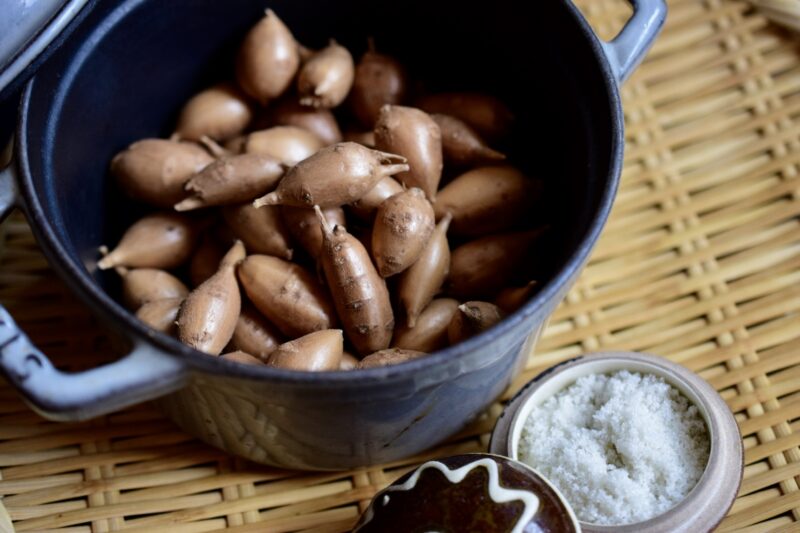
Although Apios is delicious and packed with nutrients, it is not well known outside of Aomori. It is a healthy food ingredient on a par with Jerusalem artichoke and yacon, but compared to the other two, it is still not as well known nationwide... Why is Apios not widespread nationwide? We will explore the reasons.
Cultivation is time-consuming
While potatoes can be harvested in three months, Apios take about eight months to grow, which is inefficient and limits the scale of farming.
Few producers
Aomori Prefecture is the largest producer in Japan, but the workforce is aging. With few young producers, it is currently difficult to significantly expand the cultivated area.
Low name recognition
Although it is gaining attention as a "superfood," it is not yet as well known nationwide as potatoes or Chinese yams. There is not much demand for it in the market, and it remains a food that is mostly consumed locally. This is why it has a special feeling that you can only find it in Aomori.
summary
Apios is a small potato grown in the Shimokita Peninsula of Aomori Prefecture. It has a soft, fluffy texture, a slight sweetness, and is packed with nutrients. It is a familiar sight in school lunches and at farm shops, and is a common sight for locals. However, due to the time it takes to cultivate and the limited number of producers, it is rarely seen outside the prefecture.
That's why Apios in Aomori has such special value. They can be enjoyed in a variety of ways, such as steamed, fried, or cooked with rice. If you visit Aomori, be sure to pick up some and experience their rich flavor.




!["Gokanezaki Furofushi Hot Springs" allows you to enjoy the best sunsets and starry sky in Japan! [Aomori Prefecture] Koganezaki Furofushi Hot Spring](https://jp.neft.asia/wp-content/uploads/2018/09/25810772_m-150x150.jpg)
![[Kesennuma, Miyagi Prefecture] The Shark Museum in “Sea City” is popular! Enjoy shark fin ramen shark](https://jp.neft.asia/wp-content/uploads/2018/09/027672cf178d860766b0a665d907479b_s-150x150.jpg)
![Lake Tazawa Ski Resort has its spectacular slopes! Warm up with local gourmet food and hot springs! [Akita Prefecture] 22365194_m](https://jp.neft.asia/wp-content/uploads/2018/12/22365194_m-150x150.jpg)
![[Aomori Prefecture] Not just food! Shining techniques from Tohoku! 5 selections of craft souvenirs 1 Tsugaru lacquer](https://jp.neft.asia/wp-content/uploads/2021/11/832bdccffb961dac52ac9e3b69594280-150x150.jpg)
![[Tohoku] A must-see for fruit lovers! All-you-can-eat fruit information including strawberries, peaches, and cherries 4510621_m](https://jp.neft.asia/wp-content/uploads/2023/04/4510621_m-150x150.jpg)
![[Koriyama City, Fukushima Prefecture] The reward is irresistible! What is local bread “Cream Box”? 1505429_m](https://jp.neft.asia/wp-content/uploads/2024/03/1505429_m-150x150.jpg)
![We pursue our carefully selected "miso" culture! Introducing recommended miso and local dishes [Fukushima Prefecture] miso](https://jp.neft.asia/wp-content/uploads/2024/08/24466227_m-150x150.jpg)


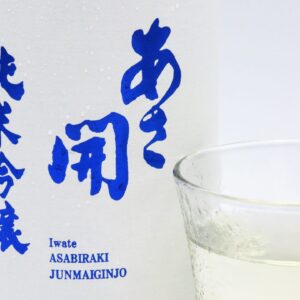


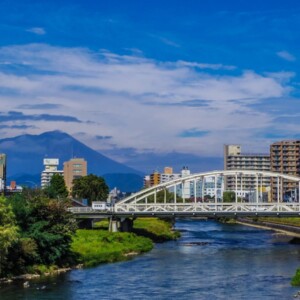
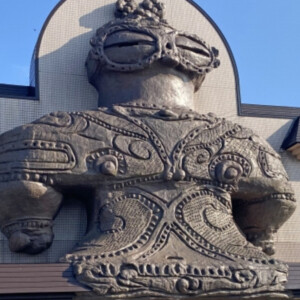
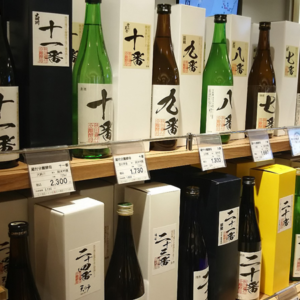

![Koriyama brand vegetables [Green Sweet]](https://jp.neft.asia/wp-content/uploads/2024/09/IMG_8104-300x300.jpg)

